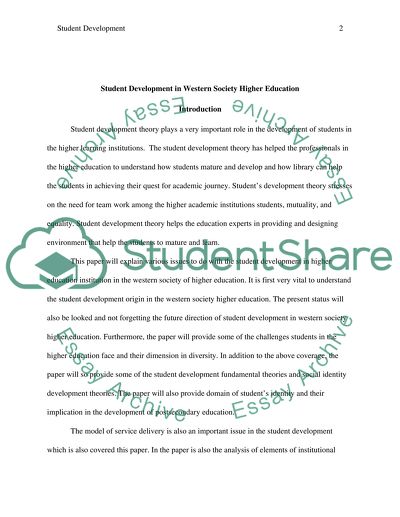Cite this document
(“Student Development in Western Society Higher Education Research Paper”, n.d.)
Retrieved de https://studentshare.org/education/1686609-kolbs-theory
Retrieved de https://studentshare.org/education/1686609-kolbs-theory
(Student Development in Western Society Higher Education Research Paper)
https://studentshare.org/education/1686609-kolbs-theory.
https://studentshare.org/education/1686609-kolbs-theory.
“Student Development in Western Society Higher Education Research Paper”, n.d. https://studentshare.org/education/1686609-kolbs-theory.


